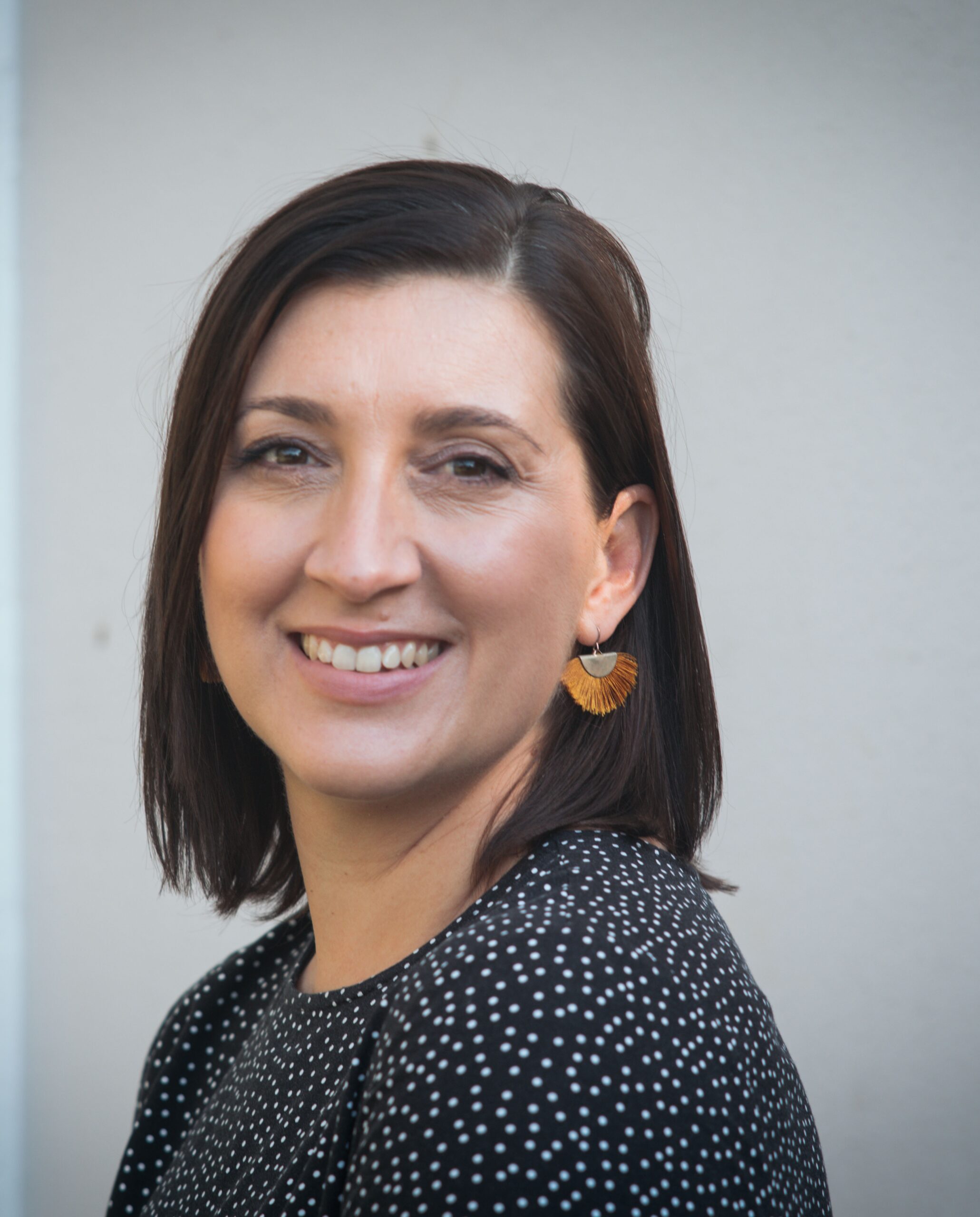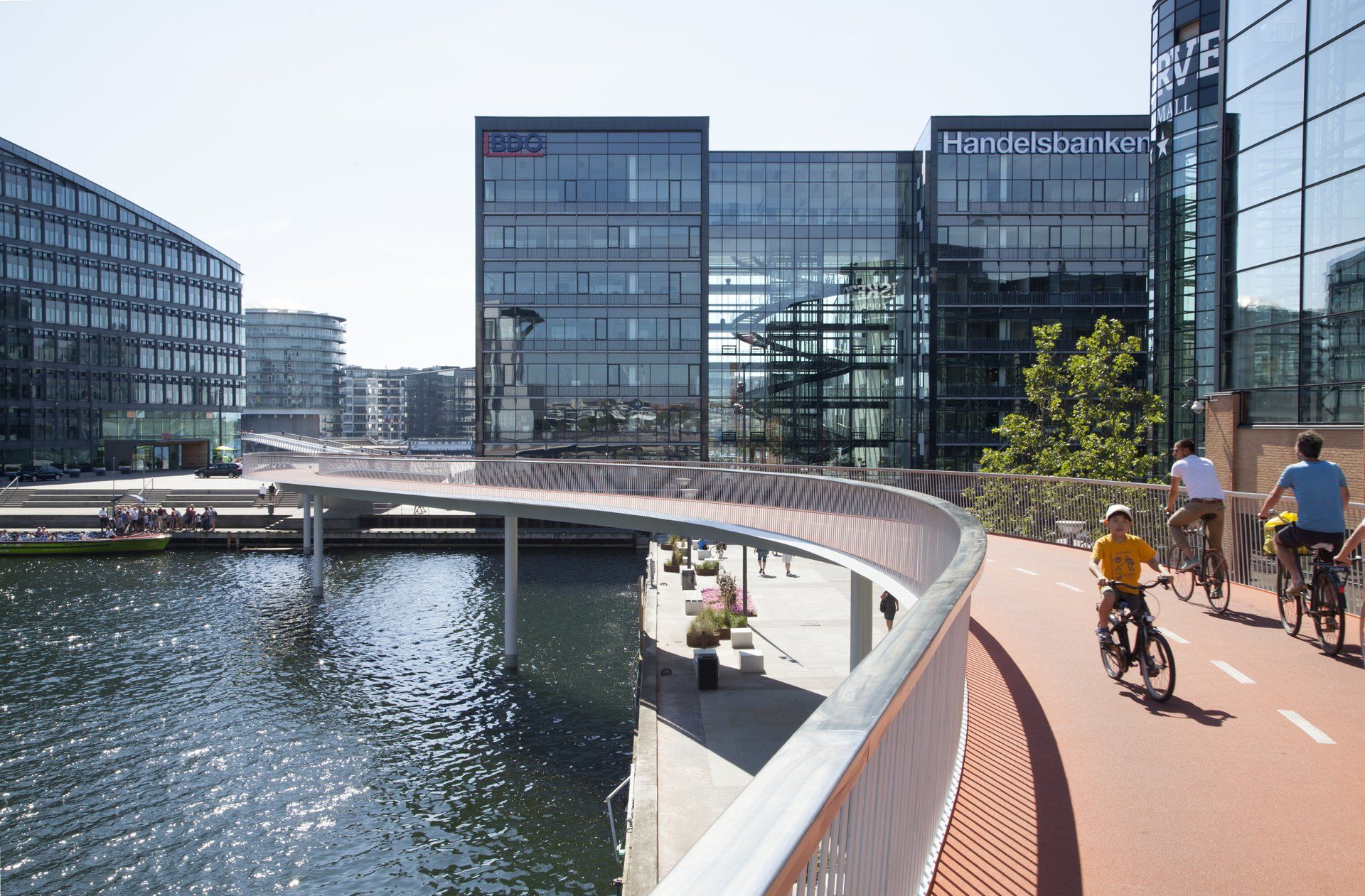A new climate change report from the Climate and Energy Ministry in co-operation with national weather service DMI has revealed that Danish weather will become more volatile in the future if no action is taken.
The report showed that more powerful storms, increased floods and torrential rain and more heatwaves are among the weather phenomenon that will become a reality in Denmark in the future should climate change remain unchecked.
“Climate change is happening right now. In 2013 alone, Danish insurance companies paid out 2.3 billion kroner in storm damage compensation,” Rasmus Helveg Petersen, the climate and energy minister, said in a press release.
“There is no doubt that climate change will become very expensive for Denmark if we don’t do something drastic now. We have a mutual responsibility to avoid the worst scenarios in the report becoming a reality.”
READ MORE: A new age in global eco-politics or politics as usual?
Everyone can do something
Among the scenarios in the report are extreme water levels in Copenhagen occurring every two years, instead of every century as is the case now. And torrential rain will flood Danish basements twice as often as is the case currently.
Petersen said that every little action would help and that Danes could help the situation by cycling more to work, making their homes more energy-efficient and making climate-friendly choices when shopping.
DMI’s report is based on the same figures and calculations that are used by UN’s climate panel, the Intergovernmental Panel on Climate Change (IPCC), which will publish its fifth assessment report about climate change in Copenhagen on November 2.
Fact Box
What will happen in Denmark should climate change continue its current trajectory:
– By 2100, Denmark will experience heatwaves three times more often than is the case today and average temperatures could shoot up by as much as 3.7 degrees this century.
– The water level could rise by 0.5 metres, which would increase the frequency of storm flooding drastically. Episodes involving high water levels would be experienced at least ten times more frequently than today.
– Annual precipitation would only be slightly reduced, but rainfall in individual seasons would endure great variation. Winter precipitation would increase, while summer precipitation would decrease.













